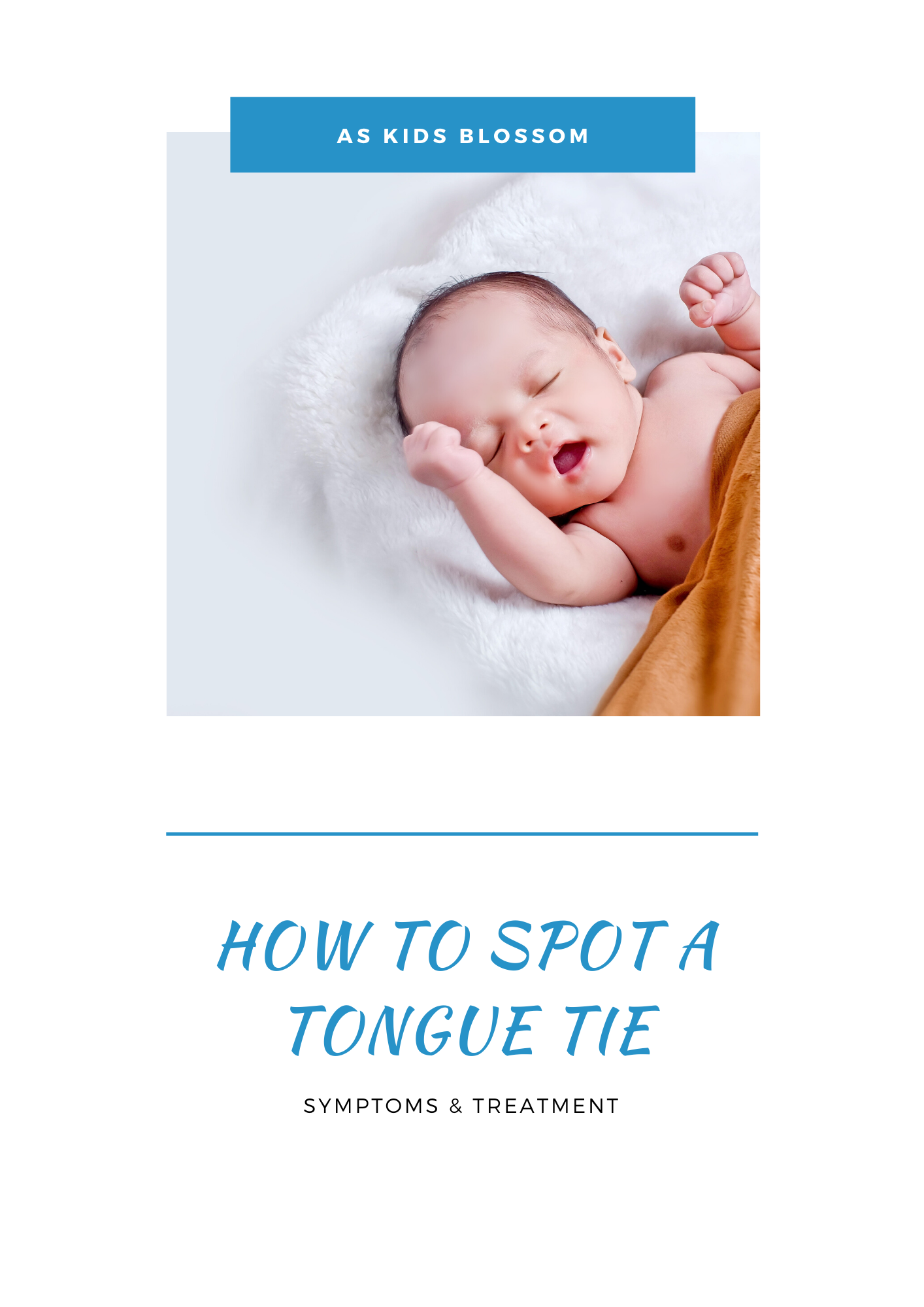Also known as Ankyloglossia, tongue tie affects 4-11 percent of children over the world. Most parents don’t know how to spot a tongue tie. Some don’t even know what a tongue tie is. That’s because it is not painful for the baby. You don’t even know if your baby has a tongue tie. Most people only seek treatment for tongue tie when their child has difficulty breastfeeding.
What is a Tongue Tie?
A Tongue tie occurs when the tissue that connects your baby’s tongue to the floor of the mouth is too thick or tight.
Tongue tie is more common in boys than girls and it often runs in the family. It is usually spotted during a newborn routine checkup or when the child isn’t breast feeding properly. If you have concerns that your newborn has a tongue tie, I’m going to discuss how to spot tongue tie and treatment in children in this post.
How to Spot Tongue Tie in Children
The symptoms of Tongue Tie include:
Difficulty in Breastfeeding
I’ve already mentioned that but let’s talk more about it. When your baby has a tongue tie, it restricts the movement of his mouth which makes it difficult for him to open his mouth entirely. I believe mothers are instinctive when it comes to spotting their baby’s condition. So, if you are breastfeeding your little one, check for the following:
- Is he making a clicking sound when feeding? This indicates that your child is struggling with opening his mouth and thus has problems with latching.
- Does he always feel hungry, even after he has just finished feeding?
- Does he feed in short breaks?
- Is he not gaining weight?
- Has your milk supply suddenly dropped between 6-10 weeks of breastfeeding?
- Do you feel excruciating pain when breastfeeding?
- Do you constantly have dry and cracked nipples?
If the answer to all the questions above is yes, then I would highly suggest you talk to a lactation consultation or book an appointment with your child’s pediatrician. Even if he doesn’t have a tongue tie, these are areas of concern and need to addressed quickly.
A Physical Examination
While a doctor is the only one who can diagnose a tongue tie, you can also so a small physical examination to check whether you need to set up an appointment with the pediatrician:
- Lift the upper lip of your baby to the nose. Do you see a membrane underneath the tongue that is making this movement difficult?
- Is there a dimple in your baby’s tongue?
- Is your baby able to fully extend the tongue outside the mouth? You can check this by tickling your baby’s chin.
- Trace your finger along your baby’s gum. Is your child’s tongue following your finger’s movement?
If again the answer to the above questions is also yes, there is a good chance that your child has a tongue tie. Again, I would recommend visiting your child’s doctor for a professional diagnosis.
Tongue Tie Treatment
When a doctor diagnosis a tongue tie, he usually suggests any of these three options depending on the situation:
Wait and See Approach
Sometimes a tongue tie is resolved over time by itself. This happens as the frenulum (the thick tissue connecting the tongue and the mouth) loosens.
Frenotomy
If your baby seems to be having problems in breastfeeding, your doctor might do a simple surgical procedure known as Frenotomy. The doctor simply snips the frenulum, removing the tongue tie. This procedure is quick with little or no bleeding.
Frenuloplasty
Frenuloplasty is recommended when the tongue tie is severe. This surgical procedure is performed after administrating general anesthesia. There will be stitches after this procedure.
I hope this article will help you spot a tongue tie. If you notice your child struggling and these strategies aren’t helping, I would love to help you determine your child’s individual needs. Please reach out to set up a free consultation. We are here to support you as you help your child blossom!
I’d love to hear any concerns you have about how to spot a tongue tie or how to seek proper treatment. Please join us in our FREE Facebook community to help us out!
If you enjoyed reading How to Spot a Tongue Tie and Treatment, you might also enjoy reading:
Postpartum Depression: Early Help Protects Both You and Your Baby
5 Sleep Training Methods + Helpful Tips
